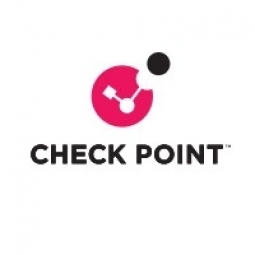CheckPoint Software
Case Studies
Enhanced Network Security for a Major Credit Union with Check Point SandBlast
Overview
 |
Enhanced Network Security for a Major Credit Union with Check Point SandBlastCheckPoint Software |
Cybersecurity & Privacy - Application Security Cybersecurity & Privacy - Network Security | |
Finance & Insurance National Security & Defense | |
Maintenance | |
Cybersecurity Tamper Detection | |
Cybersecurity Services | |
Operational Impact
| The implementation of Check Point SandBlast Zero-Day Protection has brought about significant operational improvements for the credit union. The Information Security team now spends almost no time on maintenance, as they can trust SandBlast to deliver safe content to end-users and block potentially malicious files. The team also benefits from enhanced visibility into attacks, thanks to SandBlast’s comprehensive reports. These forensic reports provide the team with valuable information about the malicious attempts and the extracted content. The security posture of the credit union has also improved significantly. Now, when an email attachment is received, Threat Extraction immediately provides the users with reconstructed files, removing any potentially malicious code and providing the Information Security team with valuable analysis. This feature has been easy to adopt and instantly effective, improving the overall security posture of the credit union. | |
Quantitative Benefit
| Prevented over a thousand malicious file and zero-day threats in the course of just one year. | |
| Reduced the time spent on remediation of email-borne infections from 10-20 hours a week to almost zero. | |
| Improved the speed of delivering safe attachments to end-users to just a minute or two. | |


